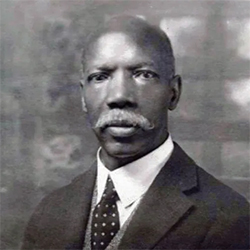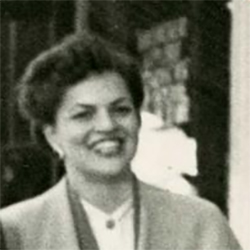Cincinnati NAACP History
A Long History of Successful Activism
From our bold beginning in 1915 through this very moment, Cincinnati NAACP has been a force for positive change in our community. Here are just a few of the incredible highlights of that storied history.
1915

The Cincinnati NAACP, a branch of the National Association for the Advancement of Colored People (NAACP) was established in 1915 with Wendell P. Dabney as the chapter’s first president.
1932-46

Theodore M. Berry, Cincinnati’s first African American Mayor, served as president of the Cincinnati branch from 1932 to 1946.
1955

Marian Spencer led the charge to win the legal case that resulted in the desegregation of Coney Island in 1955.
One of its earliest successes was the elimination of the separate school system for African Americans when in 1887, the state of Ohio repealed the “Black Codes” that mandated legal segregation.
By the mid-sixties, membership had grown into the thousands, and demonstrations and sit-ins became useful tools for accomplishing goals. One notable example was the Cincinnati “March and vote for Jobs and freedom” on October 27, 1963, stretching for the mile between Washington Park and Fountain Square. More than 30,000 people participated, demanding equality in the form of jobs, ghetto breaking, and municipal civil rights.
Achieved breakthroughs in employment and public accommodations by relying on the power of the courts and public persuasion, for example, the 1964 Selective Buying Campaign Flier against Weidemann Beer.

1983

In 1983, Cincinnati Magazine published the article “The Freedom Fighters” recognizing the work by a group of Cincinnati women in the early ‘60s, intricately intertwined with the work of the Cincinnati NAACP.




